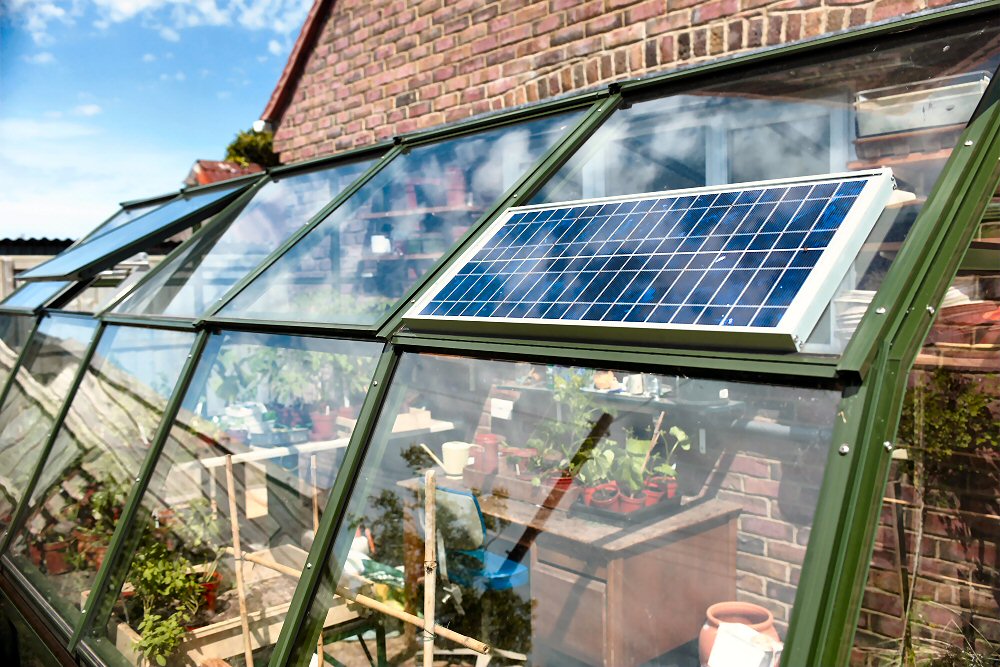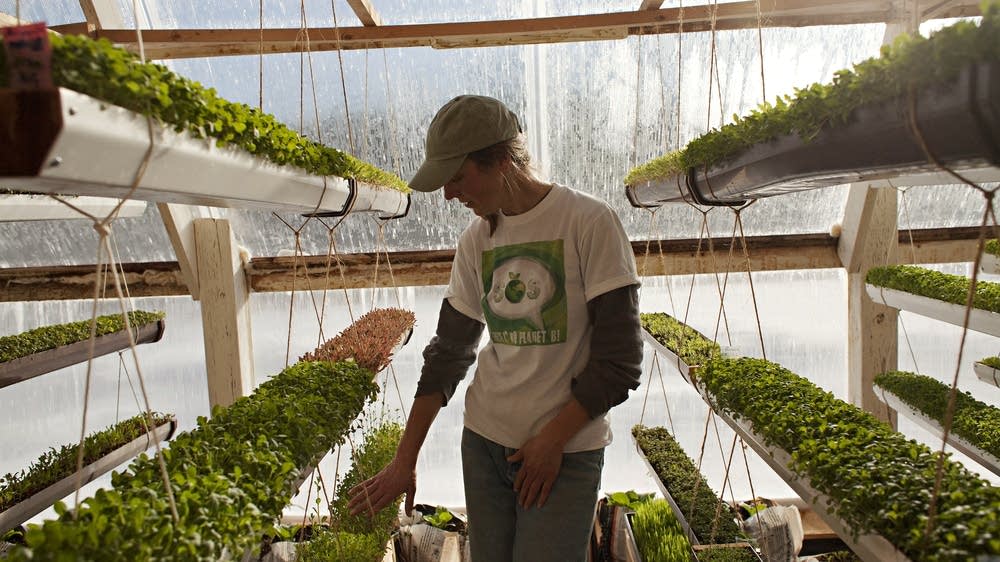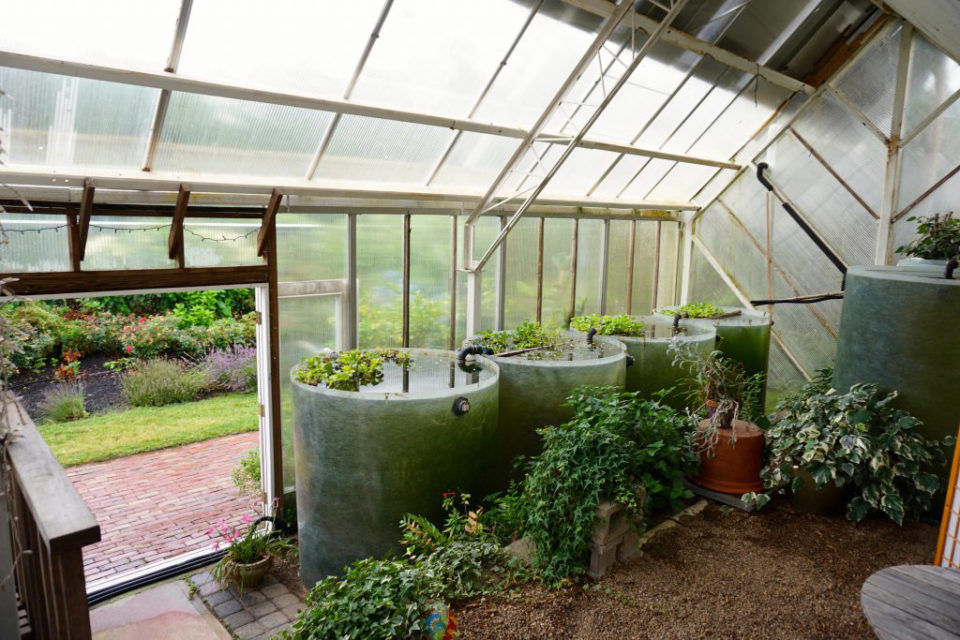Having a greenhouse is somehow a responsibility that you need to be able to handle every day. There are a lot of factors that you need to consider and one of the most important is the heating of the greenhouse. If you live in a very warm climate, heating of your greenhouse will be by solar heat during the majority of the year. There may be a few weeks when you will need a warm air heater, but this article will discuss the heating provided by solar heating and insulation.

What is Solar Heating?
Referring to the heating of a greenhouse as being solar heating is somewhat redundant as all greenhouses are solar heated whenever the sun shines. If you have been inside a greenhouse on a sunny day, you will quickly realize that the heat from the sun is trapped inside. However, at night a lot of this heat will be lost during the cool evening hours. If you have to heat your greenhouse, 3/4 of your heating costs will be for this period.
To retain the heat and reduce your heating costs, heat sinks are frequently used. A heat sink can be a barrel of water, rocks, concrete walls, or any other thermal mass. The heat sink will absorb the heat energy during the day and expend this during the night.

Solar heating works best in areas with a high percentage of sunny days – cold sunny days will still generate solar heat in the greenhouse – overcast days will not.
Best methods of benefiting from Solar heat
!. If you can place your greenhouse in a facing south location and have a sloping roof on the south side, you will benefit from maximum exposure to the sunlight. Probably the most common heat sink is large 55-gallon drums which are painted with a dark color. Another effective method is storing rocks in wire mesh cages.
Place both of these in areas that will have the most direct heat. Neither should be in contact with the outside wall which, if cold, will take the heat from the heat sink.
2. A lean-to greenhouse can have the back wall, attached to the house, covered with another wall made of bricks. This new wall should be attached to the house wall. Insulation could be used between the walls for better heat retention.
Again, a solar heating system will help to reduce your heating cost – if heat sinks are used, they will also help to reduce the heating that is required on cooler evenings.
Some methods of using insulation to retain heat.
Your greenhouse should be made as airtight as possible. Weather strip the doors and vents and ensure that all joints are sealed. All glazing must be snug and insulated. Heat will be lost through the glazing material (glass or plastic) but if you use double or triple glazing, this will be reduced. Insulated curtains are available that can be rolled down at night. The north wall can be insulated with panels of insulation, fiber- glass or some other insulating material. If plywood is used in your greenhouse, seal the wood, and paint a light color.
Do not forget your floor – in climates where the winter is severe this will be a major drain of heat. Put rigid sheets of insulation around the foundation or dig a trench down to the bottom of the foundation and fill this with stone. The floor itself, if made of brick or flagstone is an excellent heat sink but the heat will be lost quickly if there is no insulation. During the construction phase, four inches of pumice rock beneath the flooring will prove to be an effective insulation.

